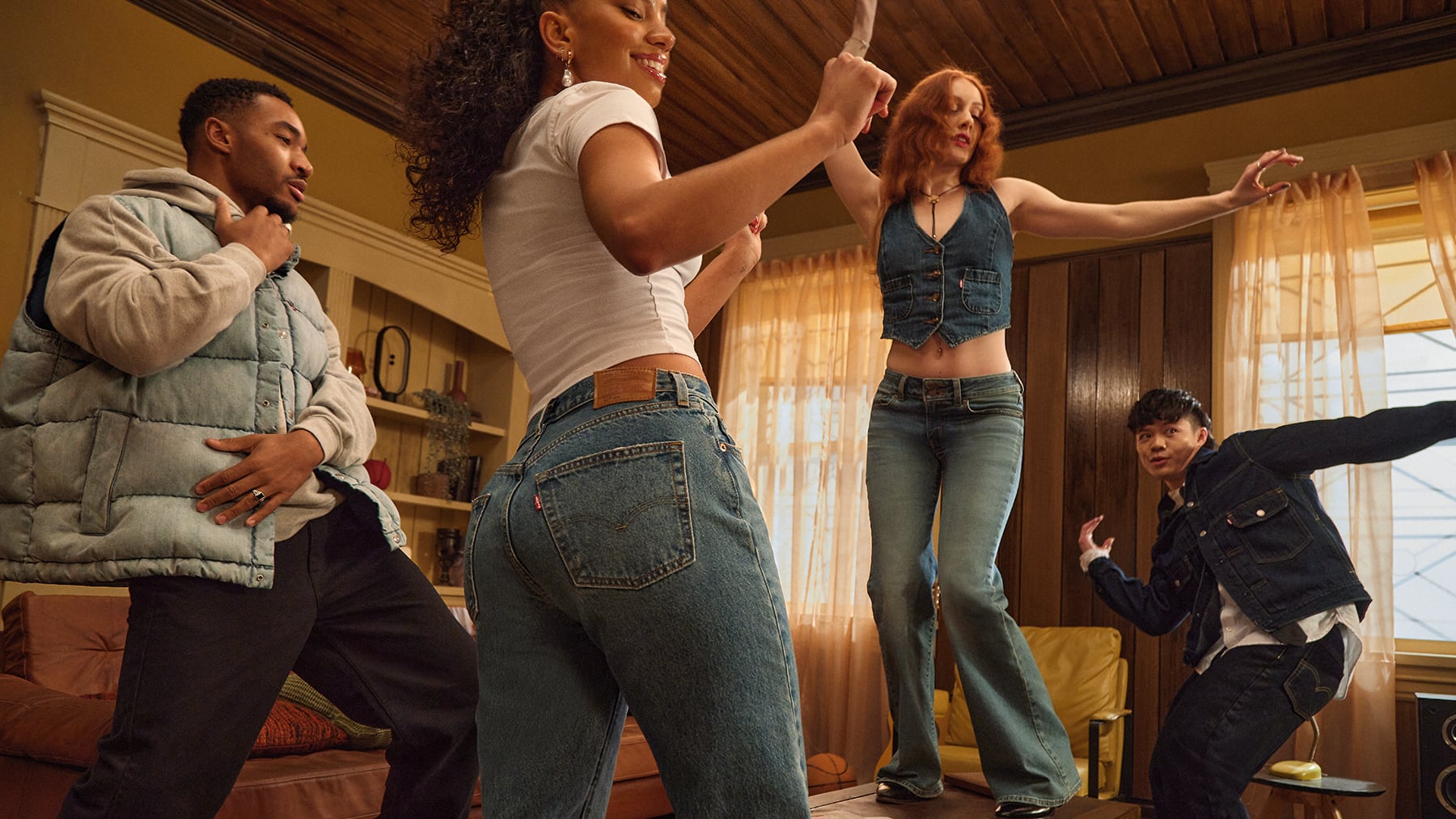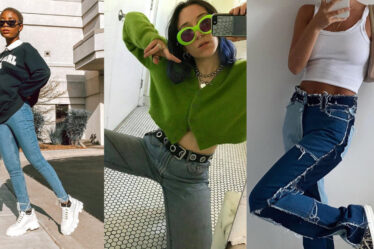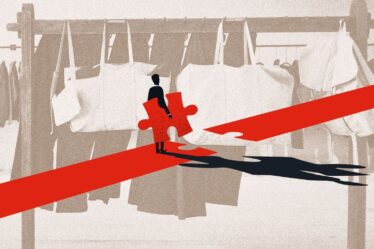
Levi’s, which reports second-quarter results on Wednesday, has made a big investment in its stores and website, increasing the share of sales that come through its own channels rather than fading department stores. This has depressed sales, which fell 8 percent in the first quarter and were flat last year, but boosted profits. The DTC pivot has worked well at some brands, including Ralph Lauren, but carries the risk of higher-than-expected costs, and that not all customers will follow a brand out of department stores and into their own shops.
The question for Levi’s is how it will use its more direct relationship with customers to grow its business. It’s streamlining its core denim offering while expanding into categories where it hasn’t had a major presence (such as dresses) that are designed to boost customer order sizes and appeal to women, historically a minority of the brand’s customers. A new marketing campaign rolled out in March encouraged customers to consider head-to-toe denim dressing; Beyoncé provided an assist days later with her “Levii’s Jeans” track. Wednesday’s results might tell us which was more effective at driving sales.
Nike and H&M are closer to the beginning of their turnaround journeys. Though operating in different categories, they share a few of the same problems, including a shortage of must-have products and threats from Chinese competition. Both have hinted at big changes ahead to address their slumps, while playing coy with details.
But for either company to regain its footing, the key will be getting consumers excited about their brands again. Nike CEO John Donahoe has teased innovative new styles in the pipeline that will reduce the company’s reliance on flogging retro sneakers to diminishing returns. H&M CEO Daniel Ervér, just six months into the job, hasn’t said much, though one gathers the retailer will try to own its mid-tier fast fashion lane with more stylish offerings at a lower price point than Zara and higher quality than Shein.
This likely won’t be the quarter we get major new details about either company’s strategy. The goal is to hit already low expectations and buy time for these plans to kick into action.
Meanwhile, in Paris…
After high stakes men’s shows in Milan and Paris, which left more questions than answers, the biggest wild card around couture week is probably the impact of the impending Olympics on show logistics. This is, after all, the segment of the luxury market where the clothes are still selling; the typical couture customer isn’t nervously watching the price of fuel, unless they own some oil refineries. Vogue World pops up in Paris on Sunday. Courrèges’ Nicolas Di Felice is Jean Paul Gaultier’s latest guest designer. The schedule is otherwise light on newcomers, while notable absences include Fendi, and the first show designed by Chanel’s design team following the departure of Virginie Viard earlier this month.
The Week Ahead wants to hear from you! Send tips, suggestions, complaints and compliments to [email protected].



